say no to the Aussie mozzie – natural homemade mosquito repellent
This website may earn commissions from purchases made through links in this post.
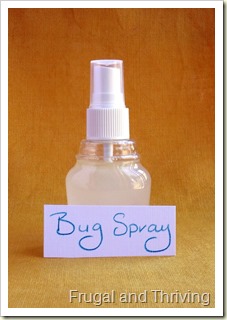
Mozzies love my blood. I’m a mozzie magnet – whenever we have a BBQ, I provide protection to others. My skin doesn’t like mozzies though – it swells up in great big welts where ever I get bitten.
Bring on the mozzie spray.
II was looking at a mozzie spray in the shops not long ago and I read in small print at the bottom of the label: Do not use on children.
Hmmm.
I turned to the good old Aeroguard and read on it’s label something along the lines of: use sparingly on children and not often.
The reason for the warnings is an ingredient called DEET (N, N-diethyl-3-methylbenzamide), a chemical developed by the US army in 1946, which effectively deters mosquitos.
On one hand, this chemical has been used by millions of people for decades with few reported side effects and is considered safe. However, only in low doses, and not for prolonged use or multiple applications and either at very low doses or none at all for children.
On the other hand, other studies have found DEET to be a neurotoxin as well as (not surprisingly) toxic to the environment when it becomes airborne or enters our waterways.
Mozzies can carry serious diseases, so avoiding being bitten is important. But I don’t always want to douse myself in chemicals either.
As it turns out, you can quickly and cheaply make your own mosquito repellent.
In the interest of science, I tested my DIY bug spray to see if it worked. As a mozzie magnet, I knew that this test would make or break the bug spray’s efficacy.
I sprayed my upper body only with the homemade bug spray, left my legs bare, and sat outside in the cool of the evening, kids in bed, sipping a cold glass of ginger beer.
My arms remained bite free (yay!) – not so my legs.
The bug spray, however, proved itself effective.
But what does real science say?
This study found insect repellent based on tea tree oil to be effective, although other studies found tea tree oil to be less effective and because mosquito-borne illnesses can be deadly, they continue to recommend DEET based repellents.
What about citronella?
This study found citronella to be an effective repellent against mosquitos while this one found that it was not as effective as DEET but adding vanillin may increase its duration and effectiveness. More research is needed.
If you live in the tropics where there is a high risk of insect-borne illness, then using a DEET-based repellent to get maximum protection is super important.
If you need something for short periods of time where there is less risk of mosquito-borne illness then a natural repellent might be just the thing.
how to make homemade mosquito repellent
What you will need:
- Witch Hazel
- Lemon Eucalyptus Oil (or plain Eucalyptus or Tea Tree oil)
- Citronella Oil
- Lavender Oil
- An empty spray bottle
Notes:
- You can find witch hazel at the supermarket with the face stuff or at the chemist.
- Other essential oils that can be used are neem, peppermint, pine, rosemary, clove, lemongrass, cajeput, thyme, cedar, pine. Use any combination that you like the smell of although all oils have varying degrees of efficacy.
- Make sure you use 100% pure essential oils.
- You can dilute the witch hazel with water. Make sure you give it a good shake before use.
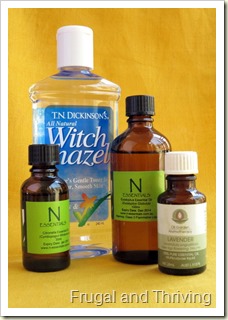
making your mozzie spray
First, measure the amount of fluid that your spray bottle holds (if it’s not marked on the bottle) – fill it up with water and then pour the water into a measuring jug. This is so you know the ratio of essential oil to witch hazel.
Add the witch hazel to almost fill your spray bottle.
For every 15 ml of witch hazel, add 10 drops of essential oils in total.
For example, a spray bottle that holds 60 ml will require 40 drops of essential oil. Add 60 ml of witch hazel to your spray bottle plus 15 drops of Eucalyptus oil, 15 drops of Citronella oil and 10 drops of Lavender oil and shake to combine.
Use a half strength batch on small children and as with anything you put on your skin, watch for potential reactions.
Using your homemade mozzie spray
Give the spray a good shake before use.
Spray on uncovered skin (don’t spray directly onto the face, instead spray on hands and rub it on your face).
Natural insect repellents don’t last as long as the DEET based ones, so you will need to reapply your spray every hour or so for it to remain effective, as well as after swimming or heavy perspiring.

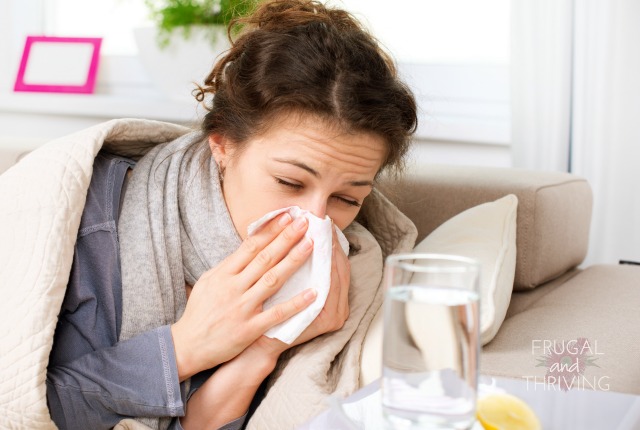
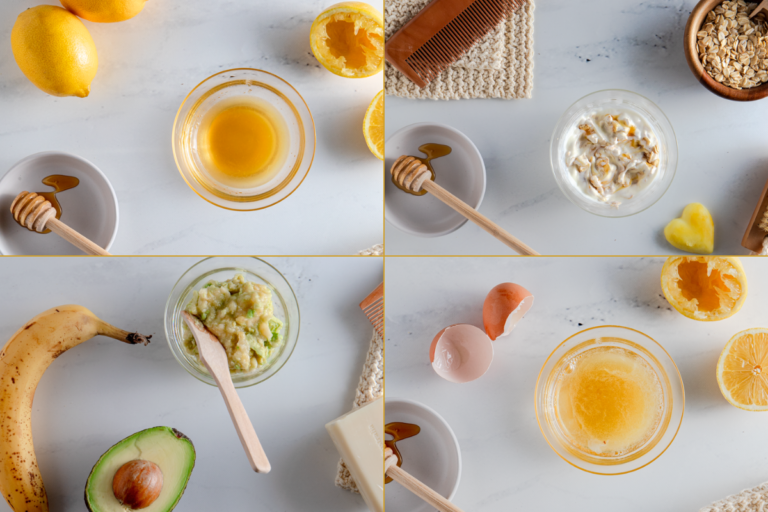

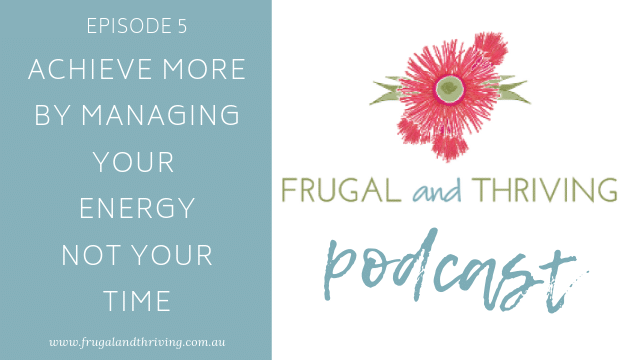

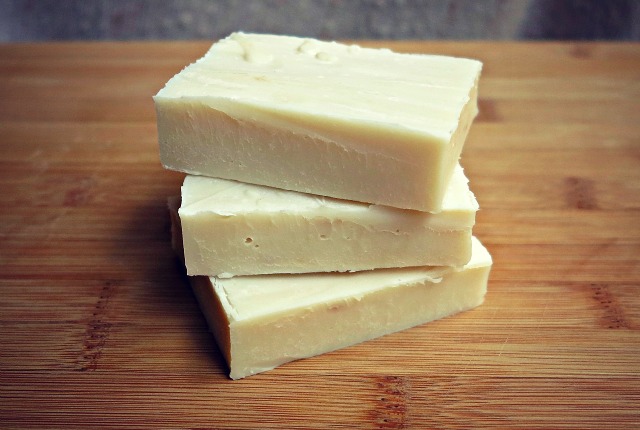
Thanks for being the one to test on while leaving your legs bare Melissa – rather you than me! I tend to just use tea tree oil, but with limited success (I also probably don’t reapply it often enough). I’m going to try your recipe and add lemon eucalyptus as well. Hopefully it works without the citronella, cause I am *really* not fond of that smell.
Yes, it is an acquired smell lol. I used to be like that with lemongrass, but I’m ok with it now…in very small amounts. My understanding is that Lemon Eucalyptus should work on it’s own. But if there was an outbreak of serious mozzie-born illness, I would probably go back to using the conventional stuff for the duration.